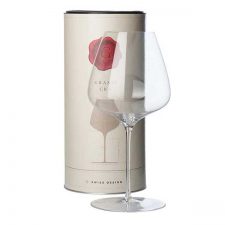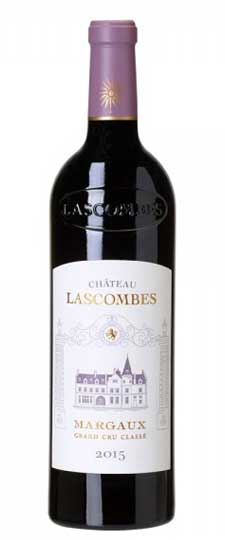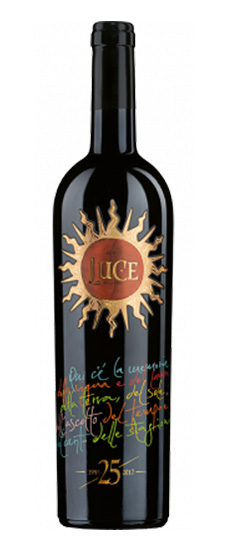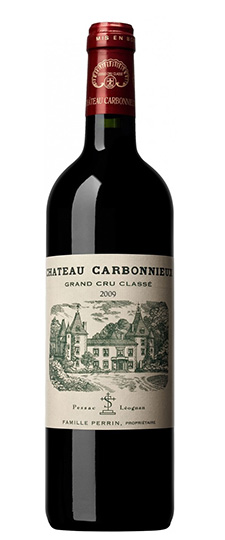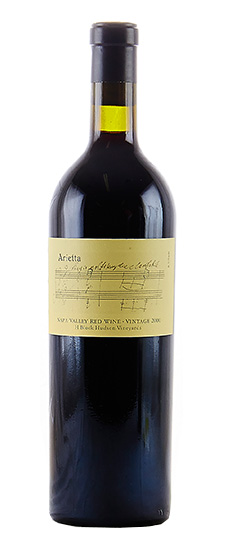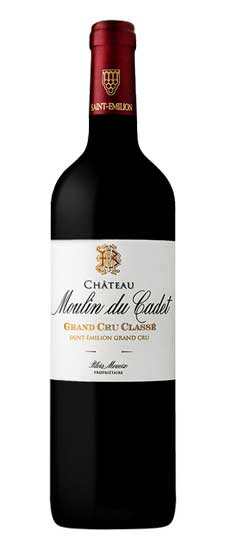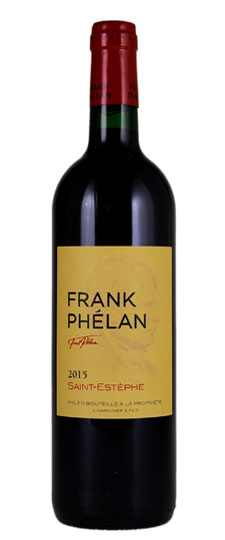Wine Score
Grape Variety
Merlot – Sangiovese wines are made from two grape varieties extensively grown and widely appreciated in Italy. Sangiovese is internationally renowned for its well-balanced structure and savory flavors. It also happens to be Italy’s most planted grape variety, one that has found considerable success in various New World regions. The ubiquitous Merlot, on the other hand, is a relatively new addition to Italy’s stable of wine grapes, but production volumes have increased exponentially since the 1990s.
The mix is especially noteworthy in Tuscany, where it can be conceptualized as a modern interpretation of the Chianti blend under the Toscana IGT. Sangiovese almost always plays the dominant role in the blend, with Merlot used to soften the wine’s texture and make it more approachable in its youth. Merlot also adds fruitiness and juiciness to the blend, complementing Sangiovese’s more savory and herbaceous qualities.
Because Merlot ripens earlier in the vineyard than Cabernet Sauvignon, the Merlot – Sangiovese blend is especially suited to inland regions where Cabernet Sauvignon may struggle to achieve optimum maturity. Of course, the addition of Cabernet to this particular blend makes some of Italy’s most famous wines – the so-called Super Tuscans.
The blend has also been successful in California and Australia where a number of approachable and food-friendly wines have been produced.
Vineyard
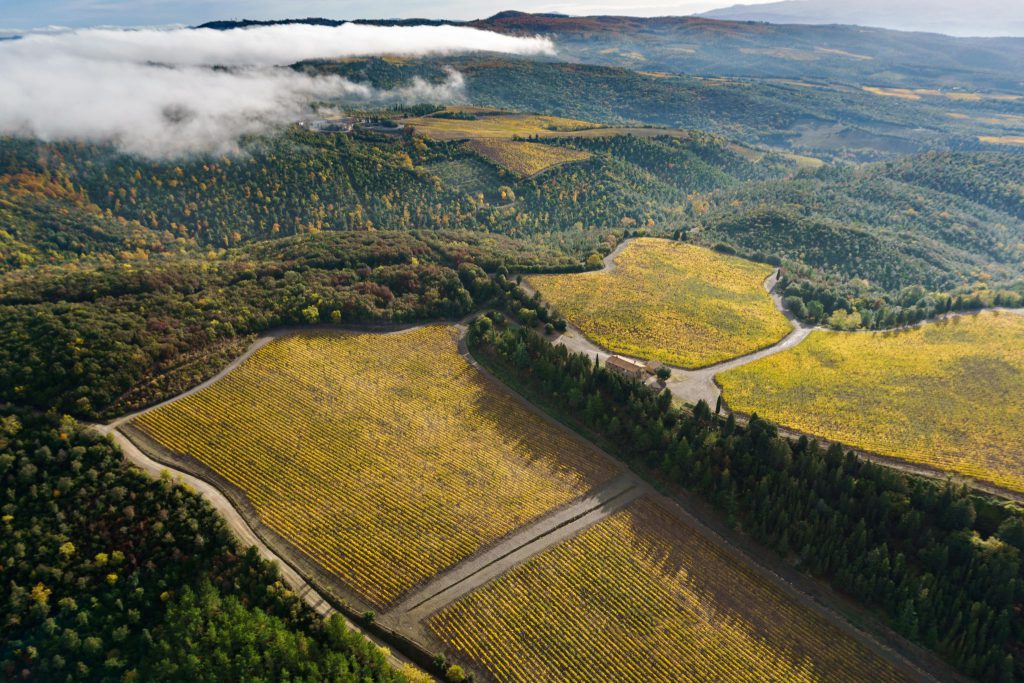
The Luce estate covers 615 acres, 217 of which are planted with Sangiovese and Merlot. The estate is in the southwest of Montalcino, at one of the highest elevation points, and south/southwest facing; the freshness and structure that result play in tension with the deep, perfectly ripe fruit. Higher elevation planting have sandstone and limestone, and are ideal for Sangiovese. Clay in the lower altitude vineyards is perfect for the powerful expression of Merlot.
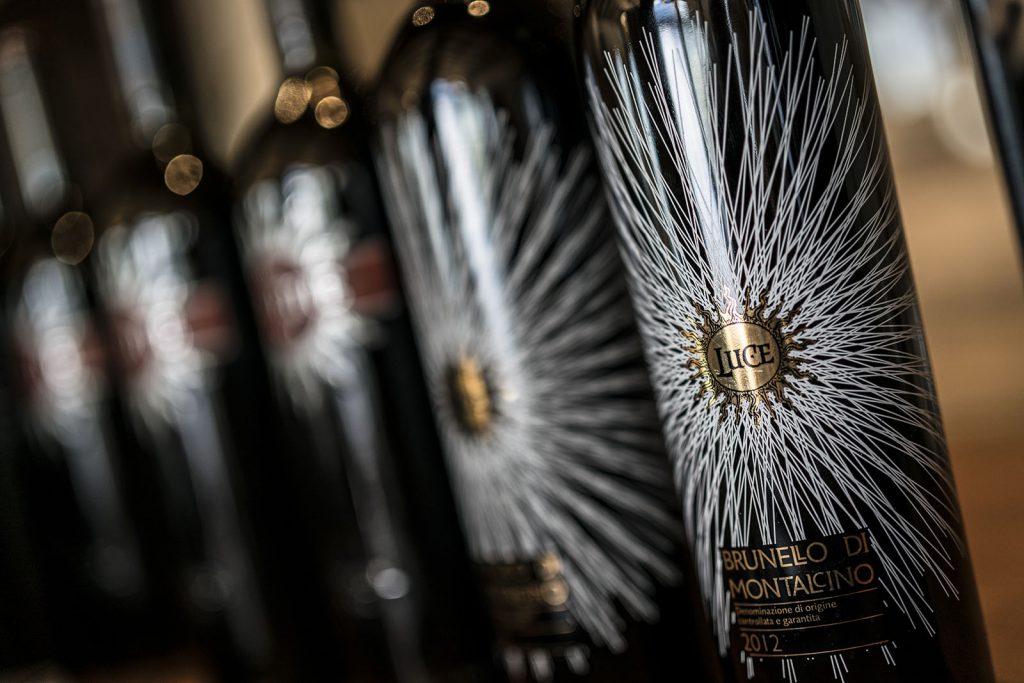 In 2017, a crisp spring was followed by a warm, sunny and dry summer with bright cloudless
In 2017, a crisp spring was followed by a warm, sunny and dry summer with bright cloudless
skies. The clayey soils of the Merlot vineyards provided the plants with adequate water reserves, which helped reduce any heat-related stresses. Rain showers in mid-September supported a perfect ripening of the grapes.

